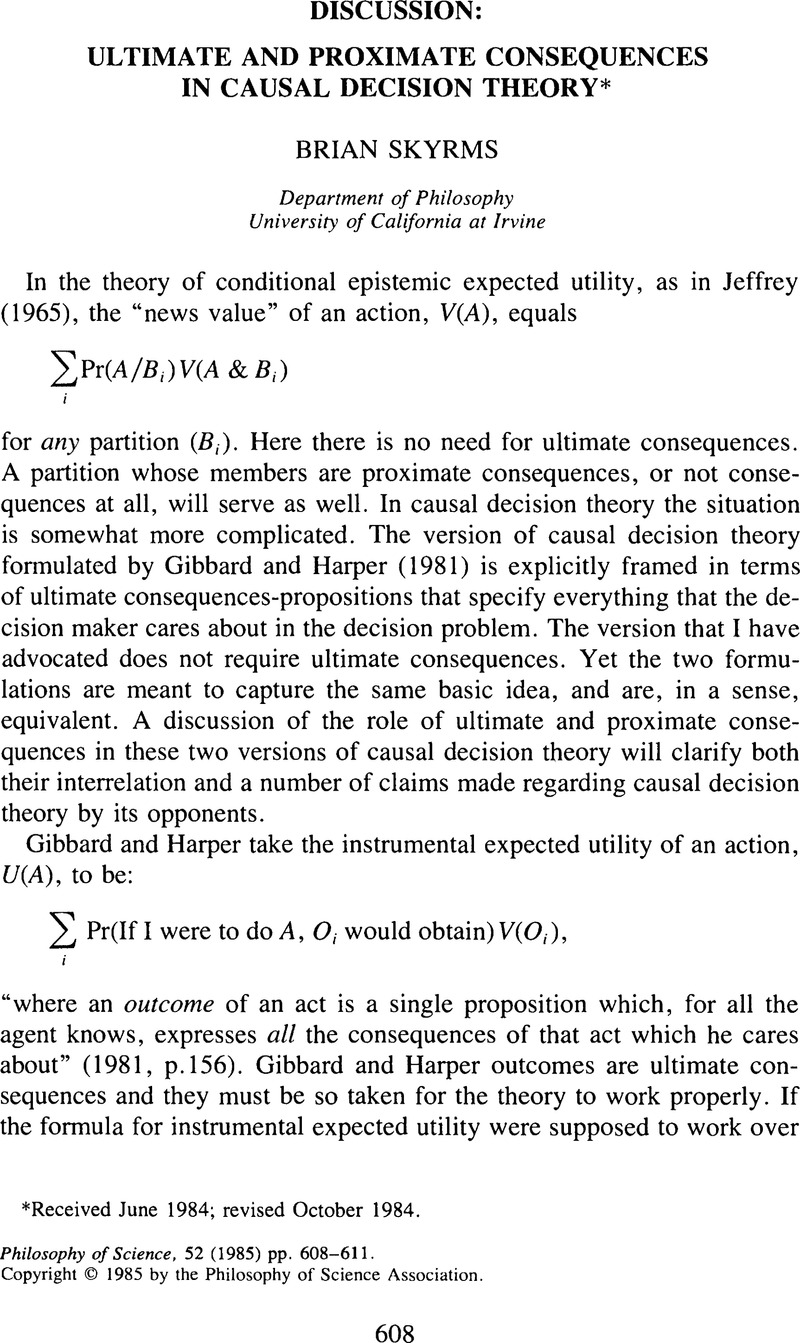Crossref Citations
This article has been cited by the following publications. This list is generated based on data provided by Crossref.
Skyrms, Brian
1990.
Ratifiability and the Logic of Decision.
Midwest Studies in Philosophy,
Vol. 15,
Issue. ,
p.
44.



